What are the signs and symptoms of breast cancer?
The cancer originates in the breast of the women and is known as breast cancer. A single or both breasts may be the first site of involvement. Breast cancers may begin in a variety of locations within the breast. This glandular organ is situated above the chest muscles and upper limbs and provides a protective covering. The ducts, glands, and fatty tissue form the breasts on both the left and right sides of the body. The breast produces and provides milk to nourish neonates and babies in mothers. The size of breasts depends upon the quantity of fatty tissue in the breasts.
What Kinds of Breast Cancer are there?
A variety of breast cancers exist, including:
Ductal carcinoma in situ is the presence of abnormal cells inside the milk duct. This malignancy then moves into the nearby breast tissue through the lining of your breast milk-producing milk duct. Among all breast cancer cases, 80 percent are of this particular variety.
The lobular carcinoma develops and spreads in the breast lobules (milk-making glands present in the breasts) to the nearby tissues. It is inoperable. The lobular carcinoma is the cause of 10-15% breast cancer.
Breast cancer spreads to other body parts and is called triple-negative (TNBC). Triple-negative breast cancer, which accounts for around 15% of all cases, is among the most challenging breast cancer types to cure. The symptoms are similar to the other breast cancer types. It complicates both diagnosis and therapy.
A precancerous disease known as lobular carcinoma in situ occurs when irregular cells are found in the breast's lobules. However, even though it isn't a disease in and of itself, this marker may point to an increased risk of developing breast cancer in the future. Regular clinical breast examinations and mammography are thus critical for females with lobular carcinoma in situ.
Breast cancer that is inflamed. Cancer that mimics an infection is rare and dangerous. Symptoms of inflammatory breast cancer include redness, swelling, pits, and blemish of the breasts. The lymph veins in their skin are blocked by cancer cells and obstruct their flow.
A Variety of Factors That Cause Breast Cancer
Cell develops and divides in a certain rhythm. However, the procedure gets disrupted when the DNA of breast cells mutates or changes. The immune system attacks and kills these altered cells in most circumstances most of the time. However, the immune system cannot stop specific cancerous cells from creating a breast tumor. We can prevent breast cancer by concentrating our preventative efforts on the risk factors. However, being proactive in different methods for evaluating the risk factors may not change your situation.
Breast Cancer Symptoms
Breast cancer may manifest itself in a variety of ways, including the following breast cancer signs:
- As opposed to the rest of the breast, a bulge or enlargement that feels distinct from the rest
- An alteration in the physical characteristics of a breast, such as its size, shape, or appearance
- Breast-related skin changes like dimpling are the expected consideration.
- A nipple that has been inverted recently.
- Skin pigment around one's nipple or on the breast skin that is ripping, peeling, scabbing, or flaking.
- The skin above your breasts may seem red or pitted, similar to the skin of an orange. Signs that a woman is at risk for developing breast cancer.
In the early stages, a woman may detect a change in her breast when she does a monthly breast inspection or has minor atypical soreness that does not appear to go away. The following are the first signs of breast cancer that you should be aware of:
- Modifications to the nipple's overall form
- Anything that doesn't go away when your cycle comes around aga
- Breast discomfort that persists even after your menstruation has ended
- Malignant growth is more prone to rough, uneven edges.
- A nipple discharge that is clear, brown, red, or yellow from one breast
- An oozing or a lump beneath your arm or around your collarbone
- A breast rash with an unexplained medical condition
- Women at high risk of breast cancer may reduce their disease risk.
Your doctor may suggest the following measures if they find out that you have certain risk factors for breast cancer, including a precancerous state of the breast:
Medications for Disease Prevention
Women at high risk of breast cancer may benefit from estrogen-blocking drugs like selective estrogen aromatase inhibitors and receptor modulators, which lower their chances of developing the illness. Doctors only prescribe these drugs to women with a significantly higher risk of developing breast cancer because of the potential adverse effects of these drugs. Consult your physician about the pros and cons of this treatment.
Surgical Intervention for the Prevention of Disease
Surgery may be an option for women having a high risk of developing breast cancer. Preventive oophorectomy is another option for women who want to lower their breast and ovarian cancer risk.
What is Benign Breast Cancer?
You are more likely to develop breast lumps if you have a benign breast condition. Detecting a lump in your breast might be frightening, but these breast alterations are harmless. Breast cancer is more likely in women with certain forms of breast illness. If you notice any changes or lumps in your breasts, inform your doctor immediately. Breast lumps that aren't malignant tend to fade away on their own.
A lump in your breast may prompt you to fear that you might have breast cancer. Many breast lumps are not malignant, which is a good thing. Breast tumors that are not malignant may occur in both men and women. These noncancerous alterations in your breasts may enhance your future chance of getting breast cancer.
Benign Breast Cancer Symptoms
Male breast problems are uncommon, although they may occur. Gynecomastia is the most frequent benign breast disorder in males. Breast tissue becomes more extensive due to this disorder. Listed here are some of the most prevalent signs and symptoms of Benign breast cancer:
- Bulky, sore, and painful breasts may indicate fibrocystic breast disease. These lumps carry a fibrous, rubbery-like, thick tissue or a cyst containing fluid within it.
- If you've had mastitis (swelling of the breast), you may notice a lump in your breasts. As a result, the lump may seem reddish or even hot. A fever is a common symptom of mastitis.
- Breasts are filled with tiny spherical moving stones known as fibroadenomas.
- Your nipple discharge might come in a variety of hues. A milky complexion indicates hormone imbalances. A clogged milk duct may be the cause of a green-black leak. A wound, illness, or benign tumor might cause a bloody discharge. The symptom is directly linked to breast cancer.
- You may not feel some small and complex areas on your breasts. They may be caused by calcium deposits that haven't been removed from your breast. It might not be the result of excess calcium in the diet or the body. Some calcification, on the other hand, may be an indication of malignancy.
- The breasts of a male diagnosed with male gynecomastia may become enlarged and sensitive. It is possible, though, that they will go unnoticed.
Treatment for Breast Cancer
There are various treatments for breast cancer. The stages of the breast are considered with the extent of the disease. There are several different types of therapy for breast cancer.
- Doctors perform a procedure or breast surgery to remove cancerous tissue from the body. After that, one can undergo breast implant surgery to appear similar to before.
- Hormonal therapy is a kind of treatment. Hormones needed by cancer cells to develop are blocked.
- Cancer cell division may slow down or eliminate using specific drugs or chemotherapy. Both tablets and injections may be used to administer the medication.
- Biological treatment aids the immune system in the fight against cancer or in managing the adverse effects of other cancer therapies working with the immune system.
- Breast cancer treatment often involves collaboration between doctors of various disciplines. Surgeons are medical professionals who specialize in surgery. Medical oncologists are physicians who specialize in medication to treat cancer. Patients suffering from cancer may visit radiation oncologists, specialists who specialize in radiation to combat cancer.
- There is use of ionizing radiation in treating cancer. High-energy radiation like X-rays is used to destroy cancer cells.
Conclusion
Moreover, even though there are conventional therapies for the various kinds and phases of breast cancer. You will get customized therapy to meet your specific requirements. Your physician may consider other specialties, such as the kind of breast cancer, the stage, and your overall health. They will adjust your treatment plan based on how well you react to the current strategy. Check out top oncologists in India for a successful check-up and treatment.







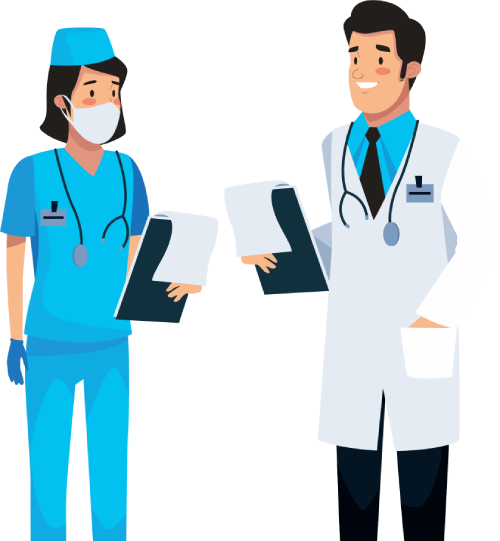

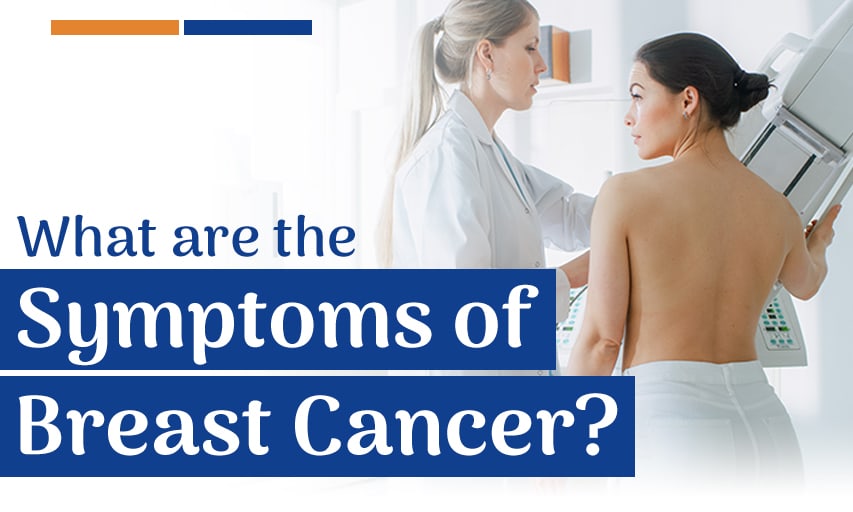
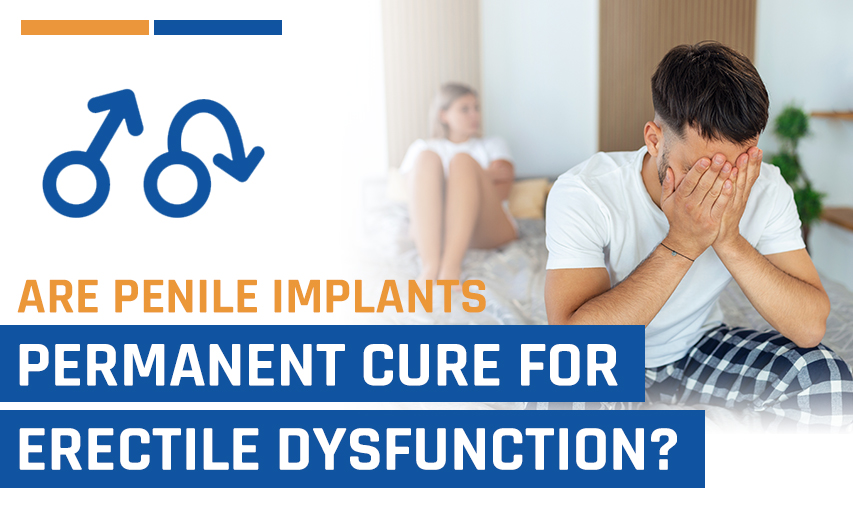
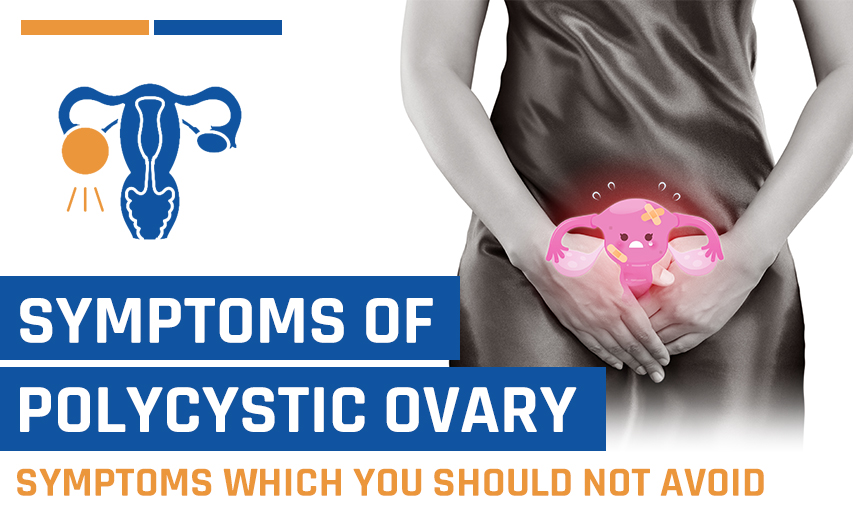
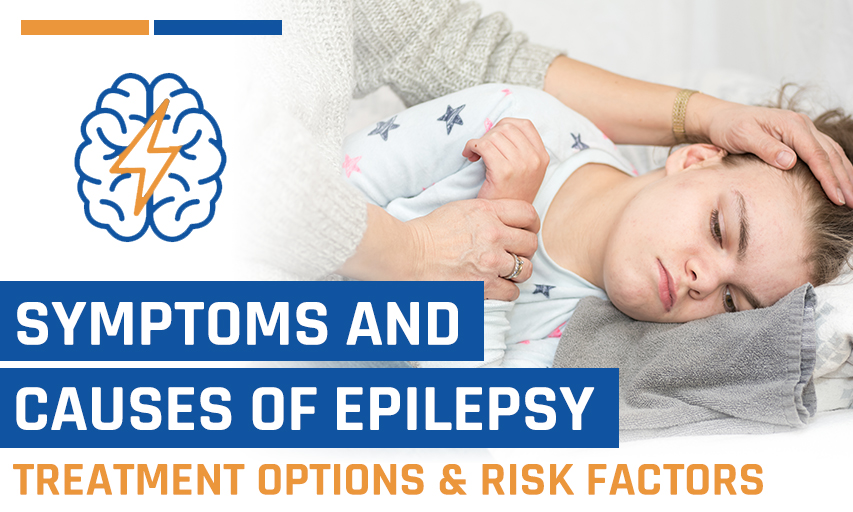
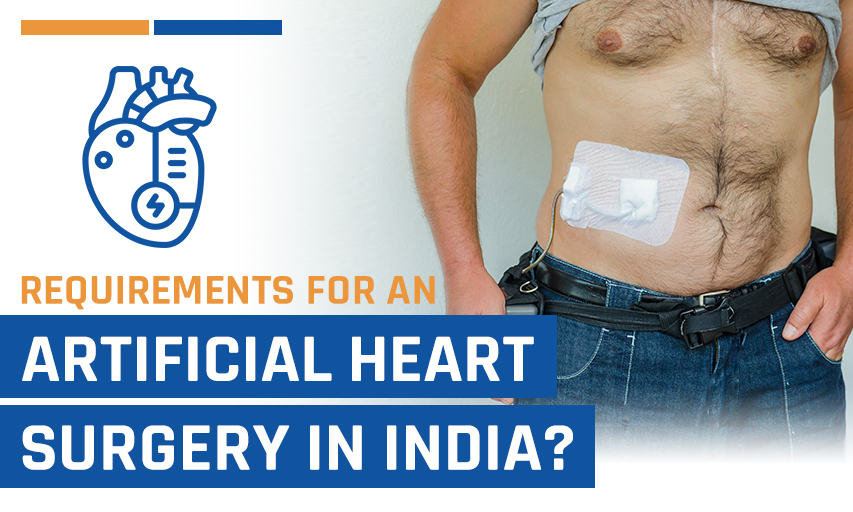
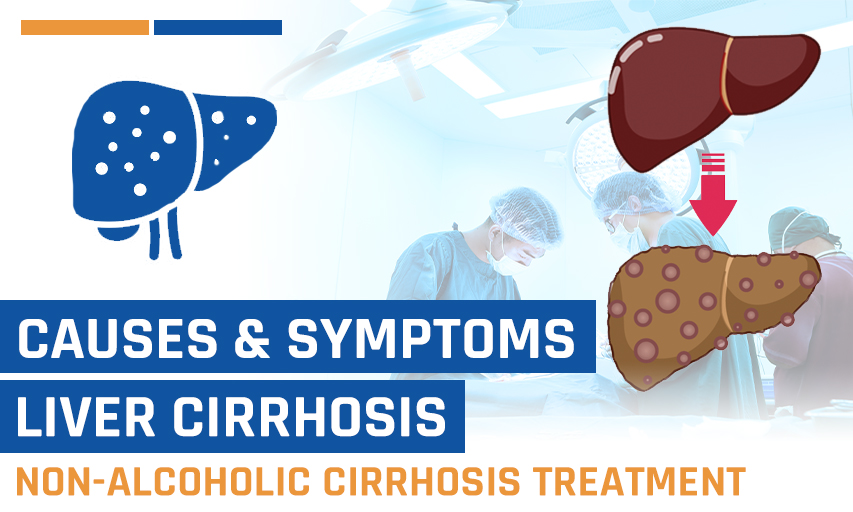
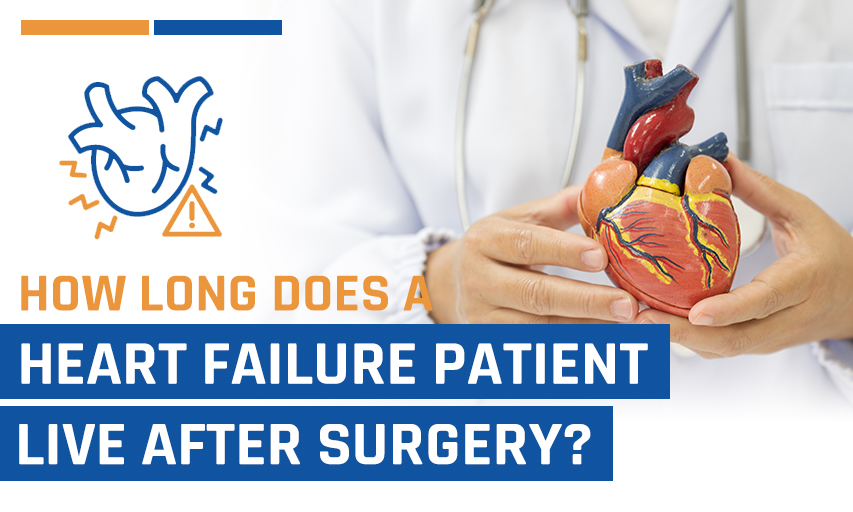


Be First To Comment
Leave a Comment